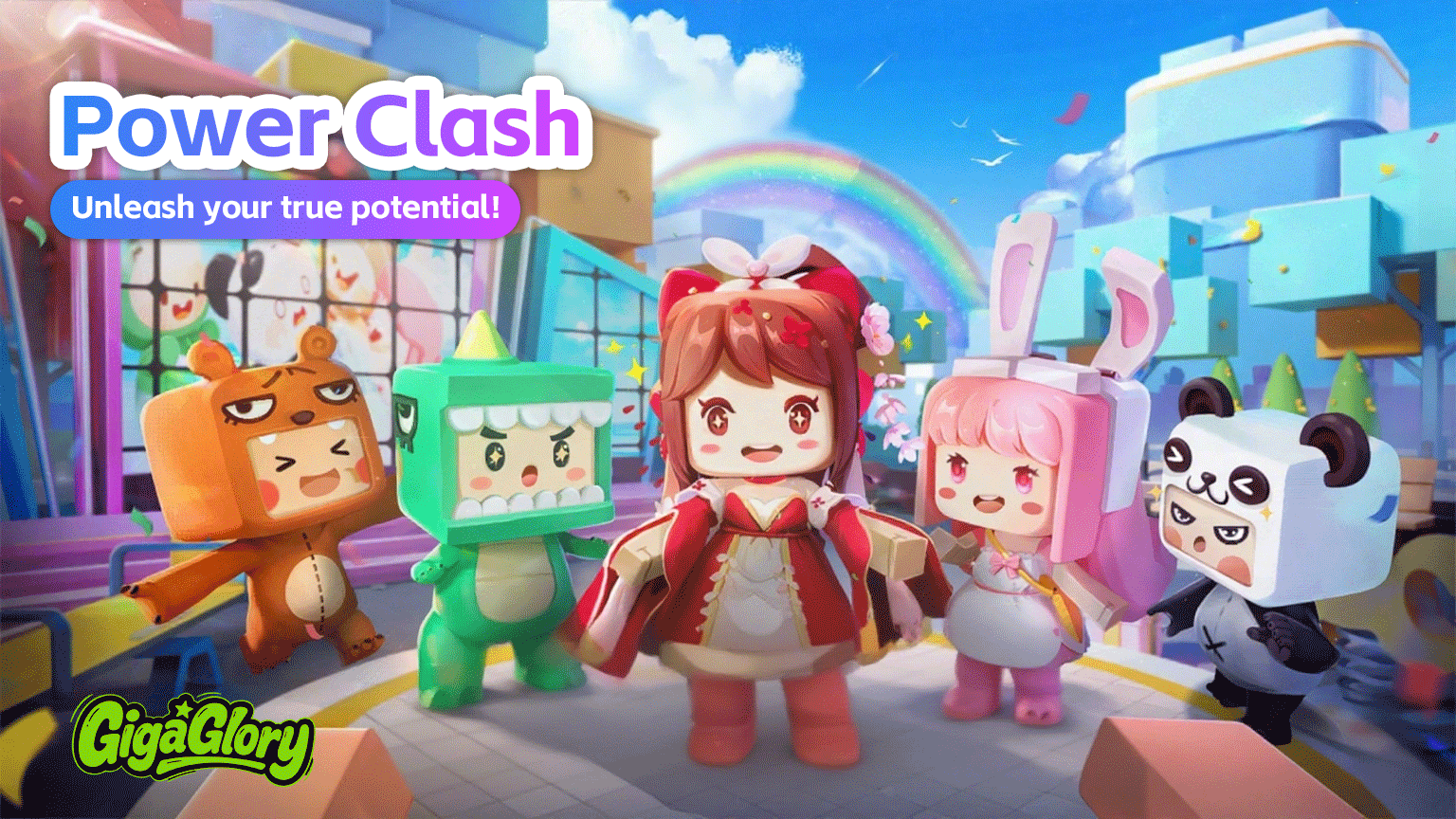City Building Games: How Mobile Games Are Reshaping Urban Planning and Design
The realm of gaming is not just a window to virtual worlds; it has evolved into a powerful tool that can inform and shape real-life urban planning. Mobile games, especially city building games, have emerged as frontrunners in this transformation. But how exactly are these games reshaping urban design and what lessons can we learn from them? Let's dive into the fascinating intersection of gaming and urban development.
The Rise of Mobile Gaming in Urban Planning
In the last few years, the mobile gaming industry has exploded, bringing forth casual gamers from all walks of life. City building games like SimCity BuildIt and Cities: Skylines have gained immense popularity. These games encourage players to create, manage, and expand their own cities. They are not merely entertainment; they are educational platforms that teach us about resource management, community layout, and infrastructure development.
The Mechanics of City Building Games
City building games operate on complex mechanisms that simulate real-world scenarios. Players must balance economic growth, manage resources, and maintain the happiness of their city’s inhabitants. Here’s how it usually plays out:
- Economic Management: Players must ensure a steady income to build and maintain their cities.
- Infrastructure Development: Roads, public transportation, and services must be strategically placed.
- Environmental Impact: Players face challenges relating to pollution and sustainability.
Learning from Players: User-Centric Design
The feedback loop present in mobile gaming is invaluable. Players express their preferences, and developers adapt these games to meet user desires. This principle of user-centric design is something urban planners can learn from. Engaging the community and incorporating their feedback can lead to more tailored and effective urban designs.
Gamification: A New Approach to Urban Planning
Gamification techniques used in mobile games can also find their place in urban planning. Imagine integrating game-like mechanics into community engagement meetings. Attendance could be gamified by rewarding participants with points that could lead to tangible community benefits. This engagement model could bridge the gap between city planners and residents.
Visualizing Urban Landscapes through Gaming
One of the undeniable benefits of city building games is the stunning visual representation of urban landscapes. Players build vibrant cities, often in a 3D format that gives insight into various urban planning concepts:
| Visual Feature | Purpose |
|---|---|
| 3D Modeling | Enables realistic visualization of future urban developments. |
| Dynamic Weather | Shows how different climates can affect urban design. |
| Resource Management Tools | Educates players on effective allocation of city resources. |
Impact on Sustainability Awareness
As environmental issues take center stage, city games are not behind. Players often face dilemmas regarding sustainability. This reflects real-world challenges of developing green cities. Games enable players to experiment with eco-friendly initiatives uniquely.
City Building Games vs. Traditional Urban Planning
While traditional urban planning relies on data and studies, city building games allow for experimentation without the real-life consequences. Unlike a lengthy planning process, mobile gaming offers instant success or failure. This contrasts the often slow and tedious nature of city planning:
- Immediacy of Results: Games provide immediate feedback on decisions.
- Experimentation: Players can explore unprecedented ideas without financial risk.
- Creativity: Gamers can break from conventional designs and experiment freely.
Engaging the Younger Generation
Mobile games attract younger audiences, providing a platform to spark interest in urban planning from an early age. By incorporating educational content in an entertaining format, city building games have the power to cultivate future urban planners who are passionate and informed.
Technological Integration: The Future is Now
As technology evolves, so do city building games. With the rise of augmented reality (AR) and virtual reality (VR), players can immerse themselves further into urban landscapes.
- AR in Urban Planning: Visualize new developments in real-world settings.
- VR Simulations: Experience the city as a pedestrian, providing insights into walkability and design flaws.
Challenges Facing City Building Games
Despite their benefits, city building games have their challenges. Not all game features translate smoothly into real-world applications. Some players may become so engrossed in the game that they overlook the complexities of urban planning, which often involves multifaceted human factors.
Conclusion: Gaming Meets Urban Planning
In a world where technology continues to reshape our environments, we can only expect the impact of city building games to grow. These mobile games serve as an engaging platform, nourishing our understanding of urban planning while enticing generations to think creatively and critically about the cities they inhabit. The blend of fun and education provides a fertile ground for developing new ideas and addressing pressing urban challenges. Consequently, mobile games aren't merely a leisure activity anymore; they are, in fact, architects of the future.



